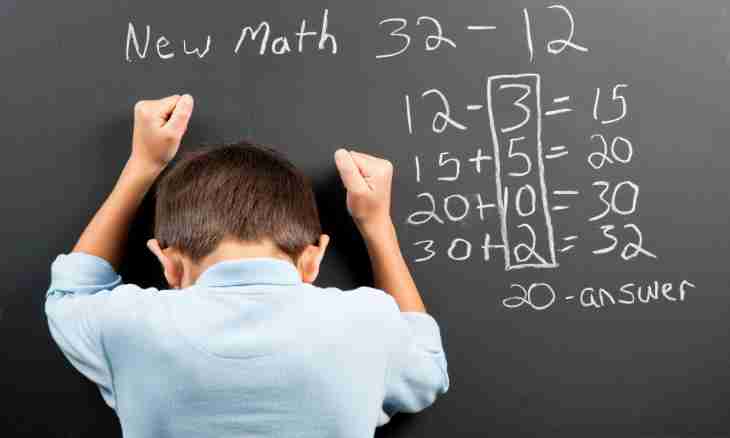Matrixes unclear at first sight, are actually not so difficult. They find broad practical application in economy and accounts department. Matrixes as the tables containing number, function or any other size in each column and a line look. There are several types of matrixes.
Instruction
1. To learn to solve matrixes, get acquainted with its basic concepts. The defining elements of a matrix are its diagonals - main and collateral. Main begins with an element in the first row, the first column and proceeds to an element of the last column, the last row (that is goes from left to right). Collateral diagonal begins on the contrary in the first row, but the last column and proceeds to the element having coordinates of the first column and the last row (goes from right to left).
2. To pass to the following definitions and algebraic operations with matrixes, study types of matrixes. The simplest of them are square, transposed, single, zero and the return. In a square matrix the number of columns and lines coincides. The transposed matrix, we will call it In, it turns out from a matrix And, by replacement of columns by lines. In a single matrix all elements of the main diagonal - unit, and others - zero. And in zero even elements of diagonals zero. The return matrix is that at multiplication to which the initial matrix comes to a single look.
3. Also the matrix can be symmetric rather main or collateral axes. That is the element having coordinates and (1;2) where is 1 a line number, and 2 - a column, is equal and (2;1). And (3;1) = And (1;3) and so on. Matrixes are coordinated - it is where the quantity of columns of one is equal to quantity of lines another (such matrixes can be multiplied).
4. The main actions which can be made with matrixes is an addition, multiplication and finding of determinant. If matrixes of the identical size, that is have equal quantity of lines and columns, then they can be put. It is necessary to put the elements standing on identical places in matrixes, that is and (m; n) put with in (m; n), where m and n are the corresponding coordinates of a column and line. At addition of matrixes the main rule of usual arithmetic addition works - at change of the places composed the sum does not change. Thus, if instead of a simple element and in a matrix there is an expression and + in, then it can be put in an element from other proportional matrix by rules and + (in + c) = (and + c) + page.
5. It is possible to multiply the coordinated matrixes, definition by which it is given above. At the same time the matrix where each element is the sum of in pairs multiplied elements of a line of a matrix And yes a column of a matrix of Century turns out. At multiplication the operations procedure is very important. m*n is not equal to n*m.
6. Also one of the main actions is a finding of determinant of a matrix. Still it is called a determinant and designated so: det. This size is determined by the module, that is never is negative. The easiest to find a determinant at a square matrix 2х2. For this purpose it is necessary to multiply elements of the main diagonal and to subtract from them the multiplied elements of collateral diagonal.

